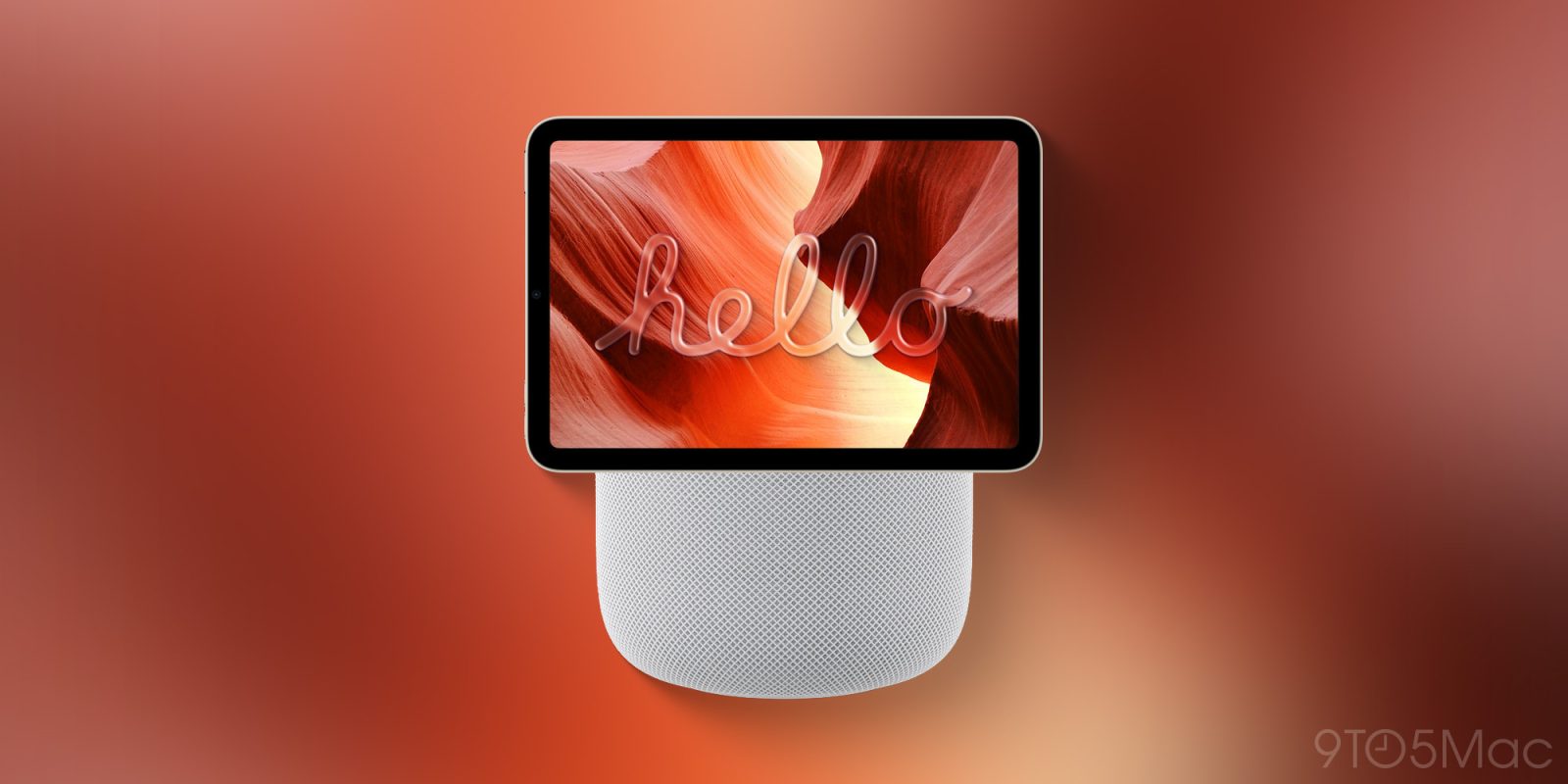
### The HomePod Touch: A New Chapter for Apple’s Smart Home Offerings
Apple’s forthcoming HomePod Touch has ignited conversations about its prospective success in the marketplace, particularly considering the performance of the original HomePod. Questions have been raised about its price tag, which is reportedly around $350, mirroring the launch price of the original HomePod in 2018. While some analysts, such as Ryan, voice doubts about whether Apple is repeating historical missteps, others contend that the HomePod Touch might carve out its niche in the shifting smart home market.
#### The Original HomePod: An Overlooked Chance?
The original HomePod, debuted at a price of $349, did not achieve the reception Apple hoped for. Although the company has not revealed sales data, it is broadly acknowledged that the product failed to connect with a wide audience. One possible reason for this disconnect could be the view of the HomePod as a smart assistant device rather than a top-tier speaker system. Detractors pointed out that while it was indeed a refined audio product, many consumers perceived it as overpriced compared to lower-cost competitors.
The HomePod was engineered with cutting-edge technology, including beam-forming capabilities typically found in significantly higher-end audio equipment. Nevertheless, the interest in luxury speaker systems is limited compared to the more extensive market for smart home devices. This imbalance between product offerings and consumer preferences played a role in the original HomePod’s lackluster performance.
#### The HomePod Touch: A Smart Home Hub
The HomePod Touch seeks to remedy some flaws of its predecessor by positioning itself as a smart home hub. However, its success might hinge on the existing smart home ecosystem of potential users. For those with minimal smart home devices, the HomePod Touch may seem unnecessary. On the other hand, early adopters with comprehensive smart home arrangements might find it superfluous, especially if they are already adept at using voice commands via devices such as the original HomePod.
The intended audience for the HomePod Touch seems to target mass-market consumers who are beginning to delve into smart home technology but may not feel comfortable managing everything through voice interactions. Many users, particularly those less technologically inclined, may prefer a visual interface for device control. This is corroborated by anecdotal evidence from users who have adapted old iPads as dedicated smart home control panels, indicating a desire for a more hands-on approach to home automation.
#### The Prospects of the HomePod Touch
Despite worries regarding the price point, there is hope that the HomePod Touch could ultimately flourish in the market. As more consumers become aware of the benefits associated with smart home technology, the allure of a dedicated control panel may increase. The HomePod Touch could act as an entry-level solution for those who are apprehensive about voice control, offering a user-friendly interface that streamlines the management of smart home devices.
The potential for the HomePod Touch to succeed rests on its capacity to showcase value to users. If consumers can experience the benefits of a smart home through a visually user-friendly interface, they may be more willing to invest in the device, irrespective of its cost.
In summary, while the HomePod Touch may initially confront challenges similar to those faced by the original HomePod, its role as a smart home hub may establish a distinctive niche in the market. As consumer preferences evolve towards more cohesive smart home solutions, the HomePod Touch could very well emerge as a successful addition to Apple’s product lineup.